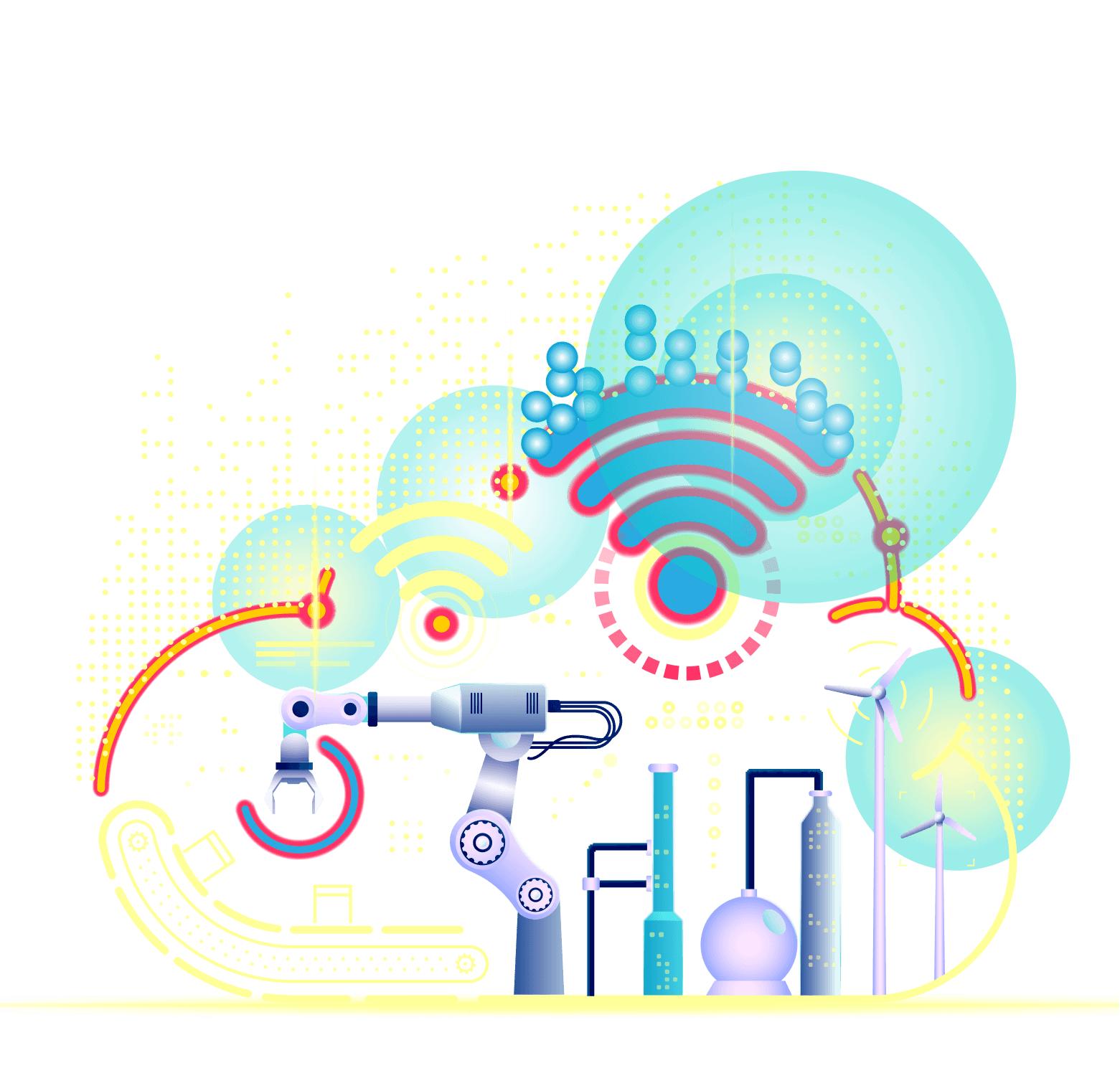We help businesses build great software and products with speed, quality, and agility at a competitive price through a global team of product managers, designers, and software developers.

Get access to our industry expertise to shape your tech strategy, digital transformation journey, and product/platform roadmaps.

Launch new digital products and applications with turnkey outsourcing to an experienced team while protecting your IP.

Managing an overloaded or under-skilled IT team often leaves critical systems lagging. Outsource your infrastructure for accelerated results.

Surface data-driven insights for your business by leveraging our data science and analytics talent to build and run your BI stack.








VisionX is your one-stop bespoke software shop. We align with your priorities, move fast, and deliver quality software that significantly grows your brand. Start with us anywhere in your product lifecycle journey.

One of our experts will get on a short call to discuss your needs and find a fit before coming up with an engagement proposal.